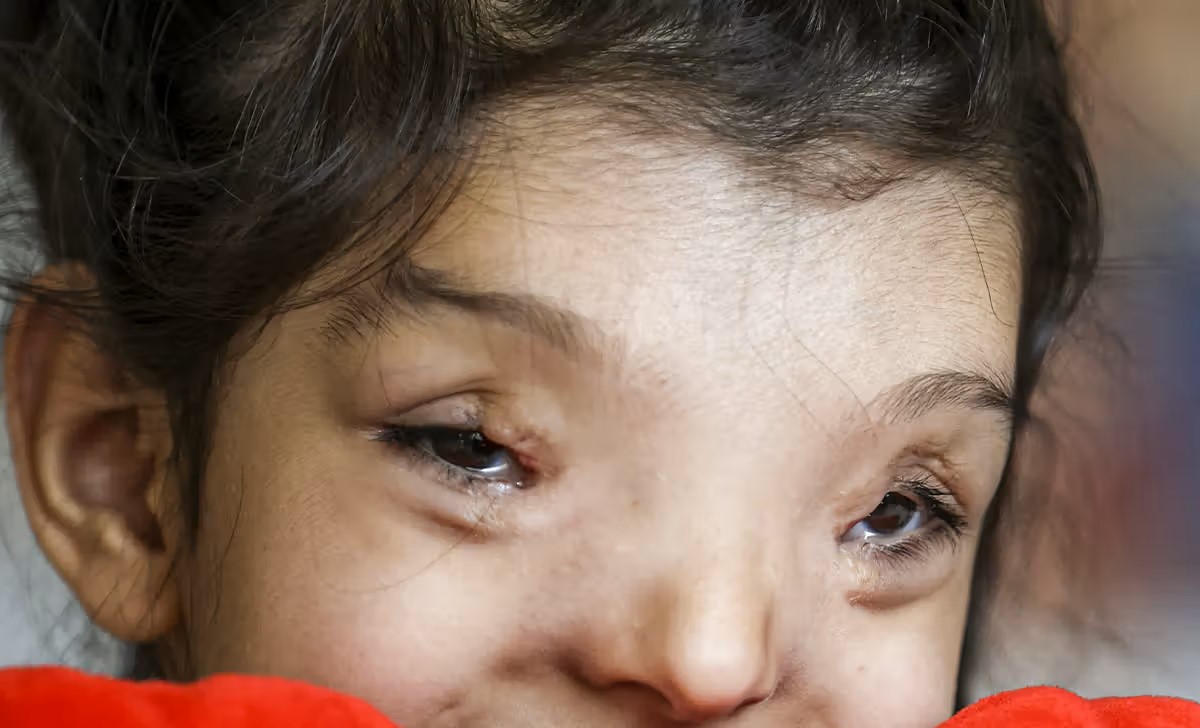
Hypertelorism and hypospadias might sound like complex medical terms, but understanding them can be straightforward. Hypertelorism refers to an unusually wide distance between two body parts, often the eyes. Hypospadias, on the other hand, is a condition where the opening of the urethra is not located at the tip of the penis. These conditions can occur separately or together, affecting both appearance and function. Knowing more about these conditions can help in recognizing symptoms, seeking appropriate medical advice, and understanding treatment options. Here are 30 facts that will shed light on these intriguing medical conditions.
Key Takeaways:
- Hypertelorism hypospadias is a rare condition combining wide-set eyes and a urethral opening on the underside of the penis. Early diagnosis and multidisciplinary treatment can improve quality of life.
- Genetic factors and environmental influences contribute to hypertelorism hypospadias. Surgical correction, emotional support, and ongoing care are essential for managing this unique medical condition.
Understanding Hypertelorism Hypospadias
Hypertelorism hypospadias is a rare condition that combines two distinct medical anomalies: hypertelorism and hypospadias. Hypertelorism refers to an abnormally increased distance between two body parts, often the eyes. Hypospadias is a congenital condition where the opening of the urethra is on the underside of the penis rather than at the tip. Let's dive into some fascinating facts about this condition.
- Hypertelorism is often diagnosed through physical examination and imaging techniques like X-rays or MRIs.
- Hypospadias affects approximately 1 in every 200 male births.
- The combination of hypertelorism and hypospadias is extremely rare, making it a unique medical condition.
- Genetic factors play a significant role in the development of both hypertelorism and hypospadias.
- Hypertelorism can be associated with other syndromes, such as Apert syndrome and Crouzon syndrome.
- Hypospadias can vary in severity, with some cases requiring surgical correction.
- Early diagnosis of hypertelorism hypospadias can lead to better management and treatment outcomes.
- Both conditions can impact a child's self-esteem and social interactions if not addressed properly.
- Hypertelorism can sometimes be corrected through surgical procedures to bring the eyes closer together.
- Hypospadias surgery typically involves repositioning the urethral opening and reconstructing the penis.
Causes and Risk Factors
Understanding the causes and risk factors associated with hypertelorism hypospadias can help in early detection and management. Here are some key points to consider:
- Genetic mutations are a primary cause of hypertelorism hypospadias.
- Environmental factors during pregnancy, such as exposure to certain chemicals, can increase the risk.
- Family history of either condition can elevate the likelihood of a child being born with hypertelorism hypospadias.
- Advanced maternal age has been linked to a higher risk of congenital anomalies, including hypertelorism hypospadias.
- Certain medications taken during pregnancy can also contribute to the development of these conditions.
Symptoms and Diagnosis
Recognizing the symptoms and understanding the diagnostic process is crucial for effective treatment. Here are some important facts:
- Hypertelorism is often noticeable at birth due to the wide spacing of the eyes.
- Hypospadias may be identified during a newborn's physical examination.
- Additional imaging tests, such as ultrasound, may be used to assess the severity of hypospadias.
- Genetic testing can help identify underlying causes and associated syndromes.
- Early diagnosis allows for timely intervention, which can improve long-term outcomes.
Treatment Options
Treatment for hypertelorism hypospadias often involves a multidisciplinary approach. Here are some treatment options:
- Surgical correction is the primary treatment for both hypertelorism and hypospadias.
- Multiple surgeries may be required to achieve the desired results.
- Post-surgical care is essential for preventing complications and ensuring proper healing.
- Psychological support can help children and their families cope with the emotional aspects of the condition.
- Regular follow-up appointments are necessary to monitor progress and address any issues.
Living with Hypertelorism Hypospadias
Living with hypertelorism hypospadias can present unique challenges. Here are some insights into managing daily life:
- Early intervention and treatment can significantly improve quality of life.
- Support groups and counseling can provide emotional support for affected individuals and their families.
- Educational resources can help parents and caregivers understand the condition and its management.
- Open communication with healthcare providers is crucial for addressing concerns and ensuring comprehensive care.
- Advances in medical research continue to improve treatment options and outcomes for those with hypertelorism hypospadias.
Final Thoughts on Hypertelorism Hypospadias
Hypertelorism hypospadias, though rare, impacts many lives. Understanding its symptoms, causes, and treatments can help those affected. Early diagnosis and intervention play a crucial role in managing this condition. Genetic factors often contribute, but environmental influences can't be ignored. Treatments range from surgical procedures to ongoing medical care, aiming to improve quality of life.
Support networks and awareness are vital. Families and individuals dealing with hypertelorism hypospadias benefit greatly from community and professional support. Knowledge empowers, reducing stigma and fostering empathy.
Staying informed about medical advancements and connecting with specialists can make a significant difference. Remember, every bit of awareness helps in creating a more inclusive and understanding society.
Frequently Asked Questions
Was this page helpful?
Our commitment to delivering trustworthy and engaging content is at the heart of what we do. Each fact on our site is contributed by real users like you, bringing a wealth of diverse insights and information. To ensure the highest standards of accuracy and reliability, our dedicated editors meticulously review each submission. This process guarantees that the facts we share are not only fascinating but also credible. Trust in our commitment to quality and authenticity as you explore and learn with us.
